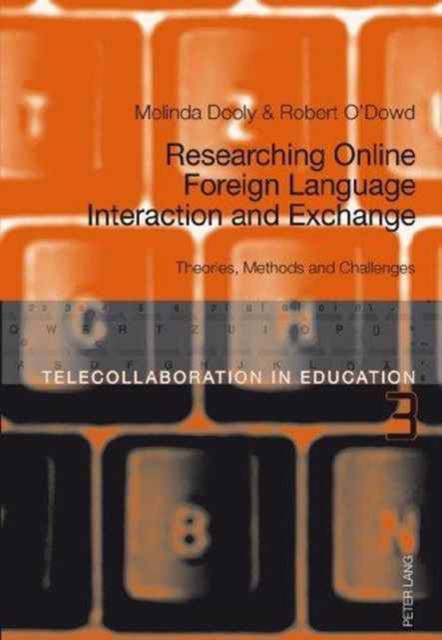
Door een staking bij bpost kan je online bestelling op dit moment iets langer onderweg zijn dan voorzien. Dringend iets nodig? Onze winkels ontvangen jou met open armen!
- Afhalen na 1 uur in een winkel met voorraad
- Gratis thuislevering in België vanaf € 30
- Ruim aanbod met 7 miljoen producten
Door een staking bij bpost kan je online bestelling op dit moment iets langer onderweg zijn dan voorzien. Dringend iets nodig? Onze winkels ontvangen jou met open armen!
- Afhalen na 1 uur in een winkel met voorraad
- Gratis thuislevering in België vanaf € 30
- Ruim aanbod met 7 miljoen producten
Zoeken
Omschrijving
Applying the criteria of esthetic evaluation outlined in Literary Practice I, Bresky continues his trilogy with multilevel valuatory analysis of the writing techniques distinguishing literary art. Each chapter defines and illustrates stylistic elements categorized as semantic, rhetorical, macrorhetorical, prosodic, syntactic and compositional (macrosyntactic) stimuli. The main goal is to appraise the scope and power of their stimulative intensity. Bresky again collaborates with biometrist Miroslav Malik and invited Brian Gill to contribute the chapter on the esthetics of syntax. In recording reader responses, Malik uses new sensitive equipment reflecting the evolution of biometric methods. The results demonstrate the auxiliary role of biometric measurements in the assessment of elusive esthetic impact. With its «mini-anthology» of illustrative texts, the study can serve not only as a scholarly reference but also as a textbook in literature courses devoted to criticism, theory, or creative writing. The author is now completing Literary Practice III - Esthetics of Literary Subjects.
Specificaties
Betrokkenen
- Auteur(s):
- Uitgeverij:
Inhoud
- Aantal bladzijden:
- 244
- Taal:
- Engels
- Reeks:
- Reeksnummer:
- nr. 21
Eigenschappen
- Productcode (EAN):
- 9780820410333
- Verschijningsdatum:
- 1/01/1989
- Uitvoering:
- Hardcover
- Formaat:
- Genaaid
- Afmetingen:
- 225 mm x 155 mm
- Gewicht:
- 430 g

Alleen bij Standaard Boekhandel
+ 122 punten op je klantenkaart van Standaard Boekhandel
Beoordelingen
We publiceren alleen reviews die voldoen aan de voorwaarden voor reviews. Bekijk onze voorwaarden voor reviews.











